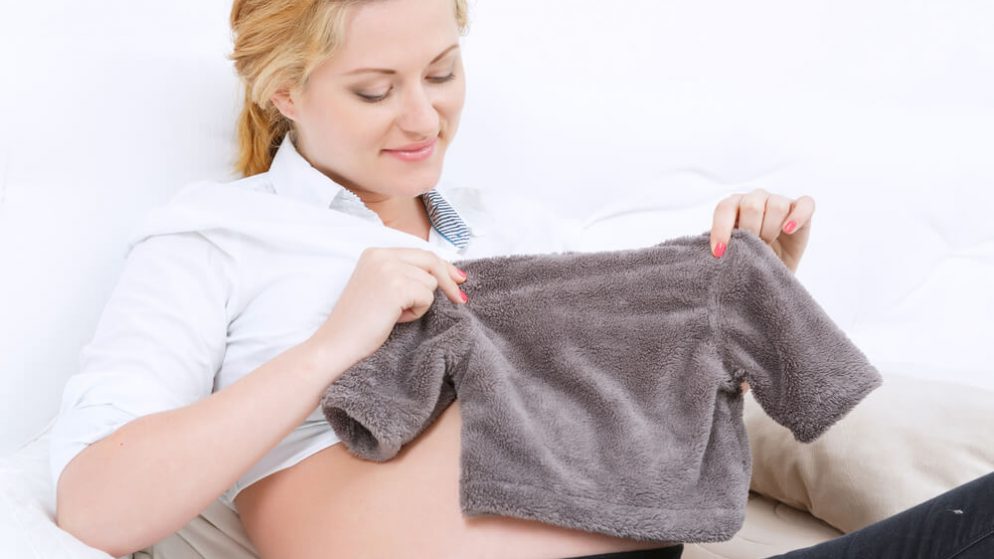



Get new exclusive access to healthcare business reports & breaking news




VBACs (vaginal births after cesareans) are on the rise in the United States as an increasing number of women realize the benefits of having their baby naturally and the unlikelihood of complications in most VBAC trial situations.
With that said, most women who have had at least one cesarean surgery are faced with an emotional dilemma when choosing between another cesarean or an attempt at a VBAC for subsequent births.
In this article, we’ll outline the current medical and maternal outlooks pertaining to this issue. We’ll also discuss how better counseling for women can help them make the best decision for themselves and their babies.
The history of women delivering babies vaginally after having had C-sections is rather tumultuous. That is, medical opinions have fluctuated over time.
For many years (prior to the 1970s), it was generally the case that a woman who’d had a C-section should have a scheduled repeat C-section for any subsequent births. Of course, it has also been recommended that women do not exceed three (or sometimes four) C-section surgeries because the procedure comes with increasingly greater risks with each subsequent pregnancy.
Naturally, however, a cesarean surgery is not a matter to be taken lightly. C-sections come with serious risks for both mother and child — though most risks are for the mom.
Long-term and short-term issues are present whenever abdominal surgery is being performed. It’s harder for C-section mothers to take care of their newborn babies because initial recovery is more painful, and pain medication is often necessary for up to several months. Getting around is more difficult, and long-term complications are always possible too — things such as bowel issues, scar tissue problems, and even hysterectomies.
Conversely, VBACs carry some risks too. Most notably, women who’ve had prior C-section(s) run a slightly higher risk of uterine rupture. It’s important to keep things in perspective, however. The risk of uterine rupture for women who have a traditional C-section scar (a horizontal or “low-transverse” scar) is less than 1 percent. Furthermore, if a hospital is equipped to handle emergency C-sections (which usually means having a staff of anesthesiologists on call), this makes it far less likely that complications would arise even if a uterine rupture occurred.
Uterine ruptures occur when the wall of the uterus splits open. The rupture can be just a small tear or a full split. If this occurs, the mother and baby will experience severe bleeding, and the situation poses a serious emergency. Both mother and baby will be at risk. For the mom, she may need a blood transfusion and sometimes, even a hysterectomy may be required. For the baby, it’s possible they will lose a large amount of blood, and asphyxia is a risk as well.
Many women who have already undergone C-sections struggle to decide whether they should get another C-section or attempt a vaginal birth after cesarean. Unfortunately, many doctors do not even offer the latter as an option. Although in the 1970s and 80s, an increasing number of doctors started to recommend VBACs for their patients who were candidates, it’s still common for doctors to immediately direct their patients to get a repeat C-section if they’ve already had at least one.
Naturally, the best doctors want what’s best for their patients. But often, what’s best is a natural delivery with no C-section-related complications. If a uterine rupture were to occur, it would be up to the staff at the hospital to safely deliver the baby and ensure the health of the mother. To avoid a dire situation, this means that constant monitoring must go alongside a TOLAC (trial of labor after cesarean). The best doctors do this, and at the first sign of a possible uterine rupture, they fly into action and perform an emergency C-section.
Unfortunately, many women are too scared the precautions won’t be taken or that they will be one of the unlucky mothers who has complications. They also receive messages that they are being “too risky” if they try a VBAC — even if they are quality candidates.
It is recommended that mothers deciding between a VBAC and repeat C-section look for helpful communities of VBAC-supportive moms and medical professionals. Online therapy can help as well. This decision is not one that should be taken lightly, but more mothers need to be informed of the facts in their favor. In the end, all mothers want what’s best for themselves and their babies, and that should be recognized and not ignored, nor should it be scrutinized by friends, family, or medical professionals.